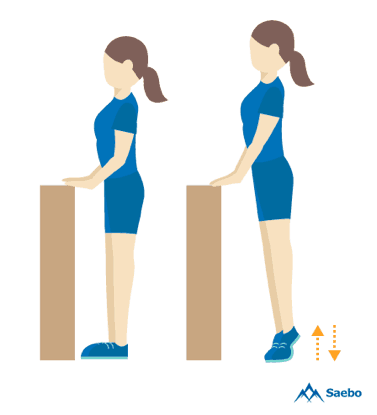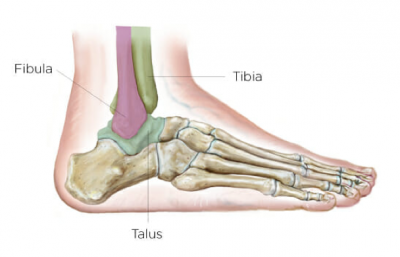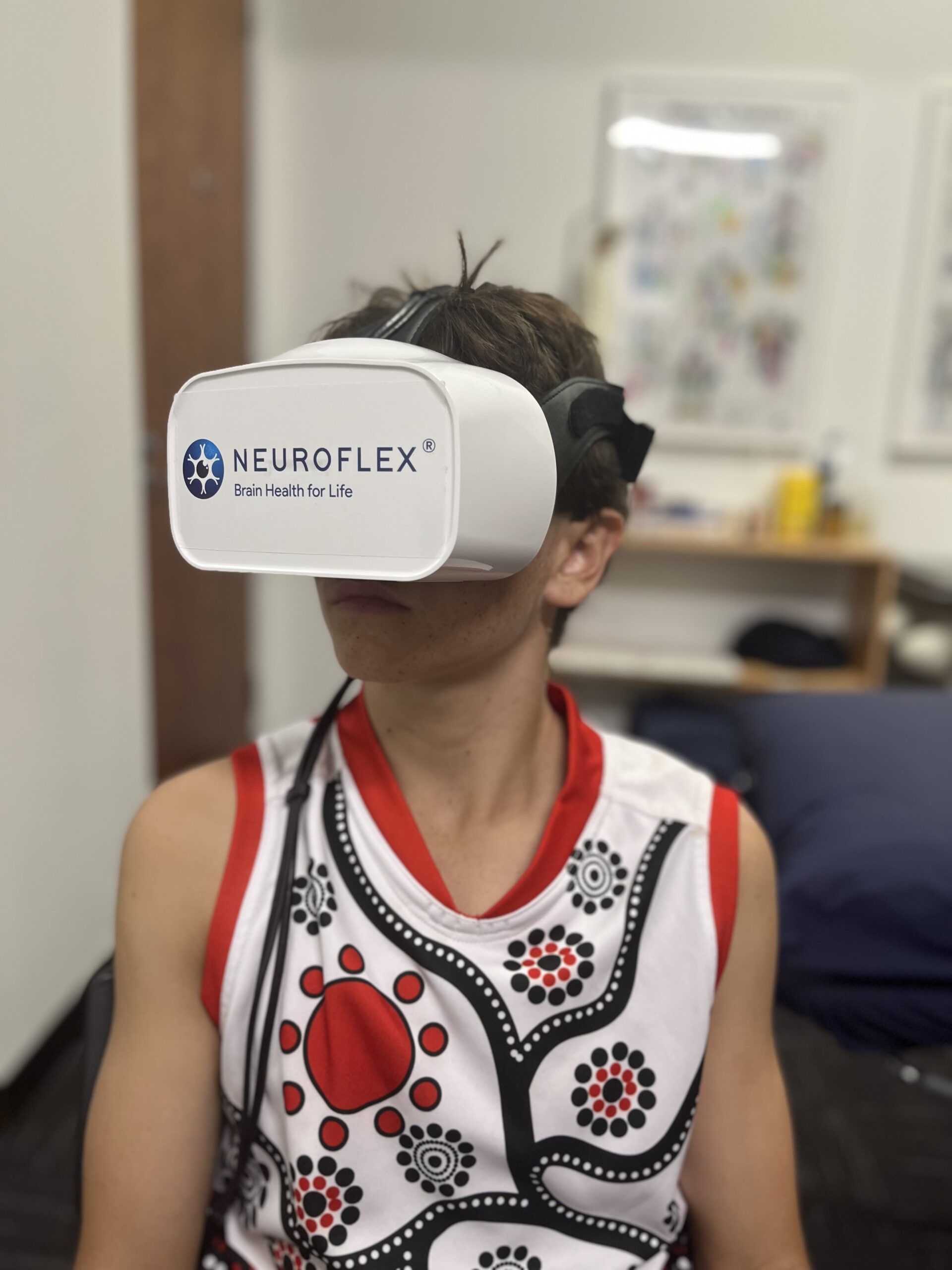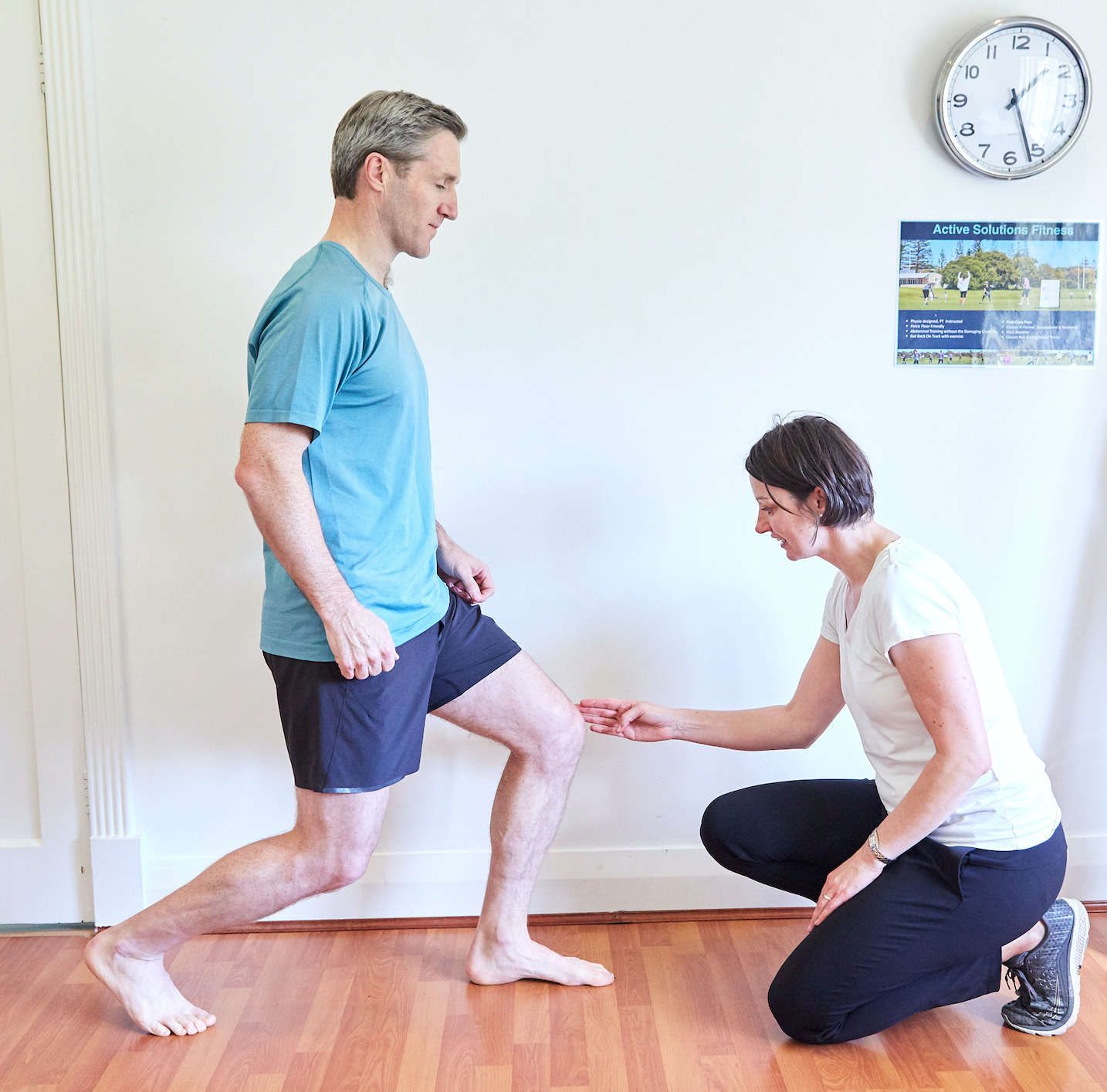An Ankle sprain is one of the most common sporting injuries, and with winter sports in full swing we are seeing a lot of ankle sprains in our clinic.
Research shows that once you sprain your ankle you increase your risk of re-spraining it by up to 70%!
The good news is Physiotherapy treatment can help to significantly reduce this risk of re-injury.
Ankle Anatomy
The ankle joint is made up of three bones. The tibia on the inside, the fibula on the outside and the talus which sits in the middle.
There are two main sets of ligaments, sitting on either side of the ankle.
The deltoid ligament is attached to the tibia. It consists of four ligaments which fan to prevent the ankle from rolling outwards (eversion).
There are two main sets of ligaments, sitting on either side of the ankle.
The deltoid ligament is attached to the tibia. It consists of four ligaments which fan to prevent the ankle from rolling outwards (eversion).
The lateral ligaments are attached to the fibula.
There are three ligaments:
- Anterior Talofibular Ligament (ATFL)
- Calcaneofibular Ligament (CFL)
- Posterior talofibular ligament (PTFL)

What do my ankle ligaments do?
The ankle ligaments have 2 main roles:
Provide stability to the ankle joint by connecting bones together
Provide feedback to the brain regarding the position of the ankle/ proprioception
How does an ankle sprain happen?
Lateral ankle sprains happen when the foot rolls inwards (inversion) which strains the ligaments on the outside of the ankle that help to limit this movement.
Medial ankle sprains are not as common because the fibula will block this movement, but they happen when the ankle rolls outwards (eversion).
How Bad is my Ankle Sprain?
A Physiotherapist can assess your ankle to determine how severe it is. We classify ankle sprains from grade 1-3:
- A GRADE 1 ankle sprain is the least severe. There will be only a small amount of swelling and tenderness.
- A GRADE 2 ankle sprain will have moderate swelling, will impact your function and limit your range of motion and balance.
- A GRADE 3 ankle sprain is a complete tear, which will have a large amount of swelling and will make the ankle feel very unstable.
How can Physiotherapy help?
After assessing your ankle to determine how severe the injury is, the first step is to improve the ankle range of movement and reduce the swelling.
A Physiotherapist will provide advice on how to reduce swelling such as ice, elevation and compression. As well as providing massage and joint mobilisations to improve ankle range of movement.
The Physiotherapist may also tape your ankle to provide more ankle support or recommend using an ankle brace.
As soon as you are able to the Physiotherapist will create a customised exercise program to improve ankle movement, strength and balance so that you can return to your sport as quickly as possible.

In Summary
Seeing a Physiotherapist within one week after your injury and commencing Physiotherapy exercises is shown to get you back to your sport faster than resting and offloading.
Strengthening and balance exercises given by a Physiotherapist can help to reduce pain, return to sport quickly and to prevent further injury.












